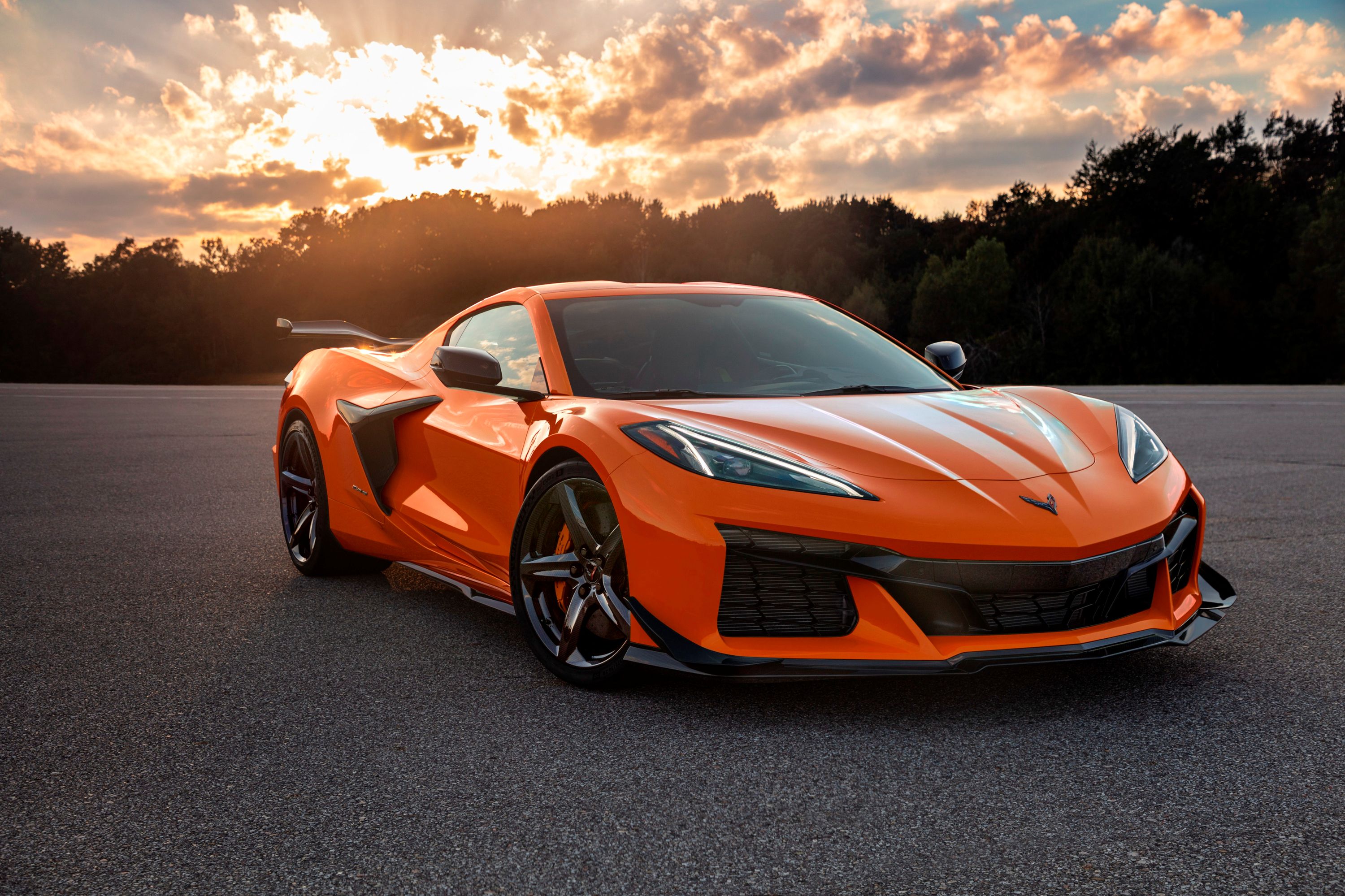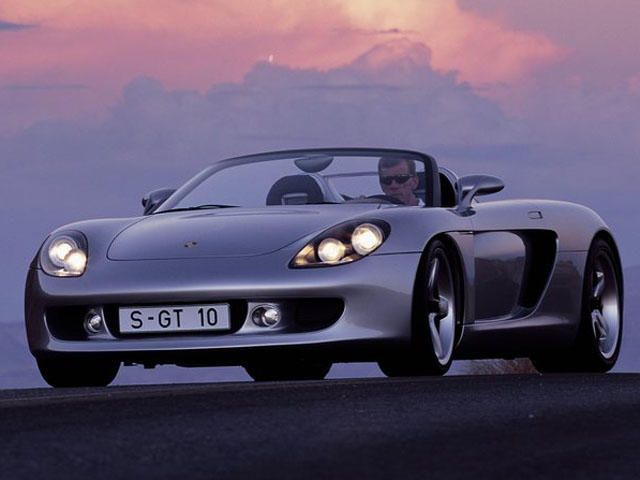
Porsche isn't exactly a supercar maker. Sure, they've made a few, and an argument could be made that the 911 Turbo qualifies, but the heart and soul of the company is the 911 Carrera, and that isn't quite a supercar. But when Porsche does turn their attention to supercars, they are never anything short of phenomenal. The die was cast with the 959, then the 911 GT1, and most recently the Carrera GT. And of these supercars, the Carrera GT was the biggest departure from their regular lineup.
The origins or the Carrera GT can be traced back to a couple of different Porsche motorsports projects in the Nineties. One of these would be the aforementioned 911 GT1, a homologated GT race car, and the other is a Le Mans prototype called the WSC-95. Porsche had had plans to develop a new LMP1 car for the 1999 Le Mans series, thus continuing the winning streak they had enjoyed for the past three years. But an FIA rule change threw a wrench into those plans, and Porsche had to rethink things. The new car was therefore pushed back to 2000 and BMW took the win in 1999.
Those familiar with the recent history of the race know that Porsche did not get a win in 2000 either, and that this year was the beginning of Audi's reign at La Sarthe. Porsche was under pressure from VW Group brass not to challenge Audi's dominance, but the bigger factor was that Porsche was pulling resources from its motorsports division in order to complete the Cayenne SUV. In the end, this worked out well, because the big influx of cash from Cayenne sales was what eventually allowed them to build the Carrera GT. Much of the thinking which went into the aborted LMP car was transferred to making a concept car for the 2000 Geneva Motor Show.
This concept would then evolve into the Carrera GT once that Cayenne money started pouring in. The 5.7-liter V10 engine in the Carrera GT was first designed in 1992 for Formula 1 purposes, but was never actually used. The engine briefly saw life again in the 1999 LMP car, but this never made it out of testing either. A 5.5-liter version was used for the 2000 concept, but Porsche went back to the 5.7-liter displacement for the production car. It produced 604 hp and was enough to propel the Carrera GT to 60mph in just 3.5 seconds, and on to a top speed of 205mph. Typical of Porsche's race cars, but not their most iconic of road cars, the engine is mid-mounted.
Another racecar touch is that the ignition is placed to the left of the steering wheel. This placement is to allow Le Mans drivers (a race where a fast starting procedure is advantageous) to start the car with their left hand while putting it in gear with their right hand. Technologically, the Carrera GT was well ahead of most cars on the road, helped no doubt by its motorsports origins. It used a pure carbon fiber monocoque and subframe, and had excellent handling thanks to the inboard pushrod-actuated suspension. An interesting bit of technical trivia for the Carrera GT is that its radiator is five times the size of the one found in the 911 Turbo.
The Carrera GT went on sale in January of 2004 with a MSRP of $440,000. As with all other Porsche models, the biggest market was the US, a fact which weirdly proved to be the car's undoing. Porsche had originally planned a production run of 1,500 units, but changes to US airbag regulations in 2006 meant that the car was no longer allowed to be sold here. Porsche decided against making the design changes so late in the production cycle, and with this loss of the biggest market, they called it quits before the planned 1,500 cars were produced. They did, however, get pretty close, and 1,270 cars made it out of the factory, with about half going to the US.
The Carrera GT (internal code being Type 980, just in case you're as big a Porsche geek as I am) proved to be an exceptionally good car. It is unfortunately sometimes forgotten, launching soon after the Ferrari Enzo, a car which is faster on paper and a bit more outrageous. But many prefer the old-fashioned three-pedal manual which was the only transmission offered in the GT, complete with a wooden shift knob, a nod to the old 917 Le Mans racer. It was believed by many that the Porsche just offered a more enjoyable driving experience, and performance figures were close enough that it often came down to the driver to make one faster than the other.
Since the Eighties, it seems that Porsche has been building us one supercar per decade, and hopefully this means that we'll be seeing a Carrera GT successor in the next few years. Here's hoping.

